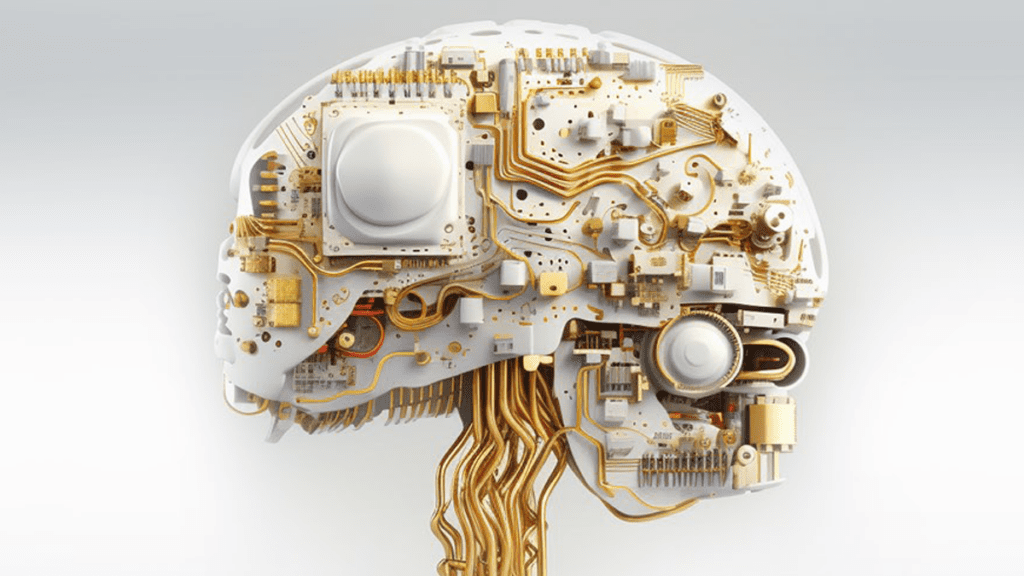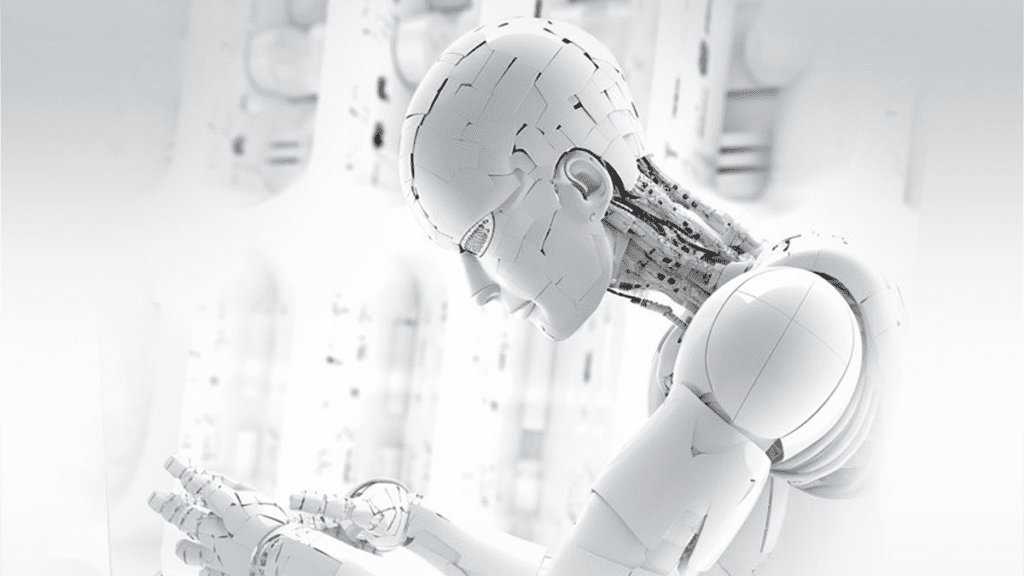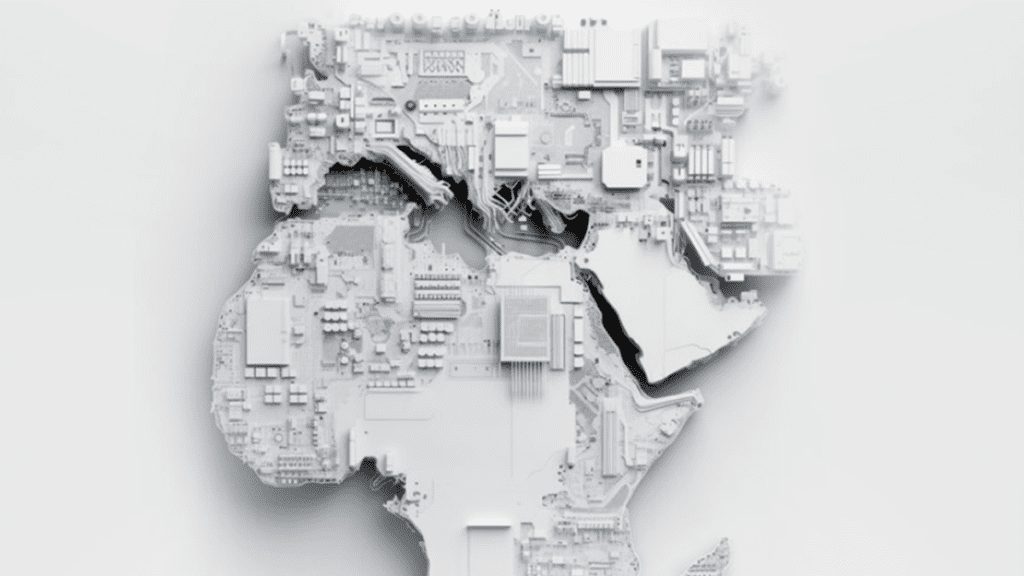What is Historical Development with Current Innovation?
Historical Development with Current Innovation, often abbreviated to HDCI, is a paradigm that acknowledges the essential connection between historical advancements and modern-day innovations. It is the study and practice of utilizing historical knowledge and trends to inspire, inform, and evolve current innovative processes and ideas. The crux of this concept lies in understanding that the future of innovation is firmly rooted in the past.
Just as our present has been shaped by previous eras’ actions and inventions, the future will be shaped by today’s innovation. This dynamic highlights the importance of acknowledging and learning from historical development when seeking to innovate in the present and future.


The Framework of Historical Development with Current Innovation
The Origins
Historical development begins with the inception of any idea, invention, or practice that eventually forms a part of human history. This could be anything from the development of fire by early humans to the invention of the wheel, the formulation of theories like gravity, or even the introduction of the internet.
The Evolution
This involves the process of these original ideas or inventions being advanced, refined, or replaced by better alternatives over time. For example, the evolution from barter trade to physical currency to digital payments or from horse-drawn carriages to automobiles to electric cars.
The Intersection
The intersection refers to the critical point where historical development influences current innovation. It’s when innovators today look back at historical development, learn from successes and failures, and use this knowledge to create new, innovative solutions.
The Current Innovation
Current innovation can be defined as the modern advancements resulting from the intersection of historical development and the creativity, technology, and resources available today.


Types of Historical Development with Current Innovation
There are several types of HDCI, and they are generally classified based on the area of innovation they are associated with.
Technological HDCI: This involves advancements in technology influenced by the evolution of past technological breakthroughs. For instance, the evolution from landline telephones to mobile phones to smartphones.
Social HDCI: This pertains to innovations in social structures and practices that are informed by historical social trends and developments.
Economic HDCI: This includes innovations in economic practices, policies, and systems that have been shaped by historical economic events and trends.
Scientific HDCI: This refers to breakthroughs in science that are rooted in prior scientific theories and discoveries. For example, the transition from Newton’s laws of motion to Einstein’s theory of relativity.
Environmental HDCI: This revolves around innovations in environmental conservation and sustainability that are influenced by historical environmental practices and our historical relationship with nature.
Examples of Historical Development with Current Innovation
The Internet: This is perhaps the most potent example of HDCI. The internet’s evolution can be traced back to the innovation of telecommunication systems and computers. The idea of a global network of computers, though a modern concept, was built on decades of technological advancement and innovation.
E-commerce: The concept of E-commerce is a result of the evolution of trade practices over centuries. From barter trade to the invention of money to the establishment of physical marketplaces, all of these historical developments played a role in shaping the rise of E-commerce.
Renewable Energy: The development of renewable energy technologies, such as solar and wind power, can be traced back to historical understanding and utilization of these natural resources. For centuries, humans have harnessed the power of wind for sailing and windmills, and the sun for heating and light.
The exploration of Historical Development with Current Innovation is limitless and exciting, and as we move further into the future, the importance of this conceptwill only grow. Understanding past events and their impacts can provide vital insights that help shape current and future innovation.
The Luminaries of Historical Development with Current Innovation
In this segment of our series on Historical Development with Current Innovation (HDCI), we delve deeper into the chronologically-arranged lives of historical figures who significantly influenced their respective fields, thus embodying HDCI.


Archimedes (c. 287 – c. 212 BC)
Recognized for his contributions to mathematics, physics, engineering, and astronomy, Archimedes laid the groundwork for many modern-day principles. His understanding of levers and the principle of buoyancy have been fundamental to mechanical engineering and naval architecture, respectively.


Leonardo da Vinci (1452-1519)
A polymath of the High Renaissance, da Vinci’s studies and sketches laid the groundwork for numerous innovations. From the anatomy of the human body to designs of flying machines, many of his forward-thinking ideas were realized hundreds of years later.


Isaac Newton (1642-1727)
Newton’s three laws of motion and law of universal gravitation are fundamental principles in physics. His work in optics, mathematics, and astronomy has continued to influence fields ranging from engineering to computer science.


James Watt (1736-1819)
Watt’s improvements to the steam engine in the late 18th century played a crucial role in the Industrial Revolution, enabling widespread mechanization. The power generation and mechanical systems we see today are descendants of Watt’s innovative work.


Nikola Tesla (1856-1943)
Tesla’s research in electricity, particularly in alternating current (AC) systems, transformed the way power is generated, transmitted, and used. Today, AC electrical systems are the dominant method of power distribution globally.


Marie Curie (1867-1934)
Curie’s groundbreaking work on radioactivity opened up a new field of physics. Her discoveries, including the elements radium and polonium, contributed to the development of X-ray machines and cancer treatments.


Alan Turing (1912-1954)
Turing’s work on theoretical computation laid the foundations for computer science. His ideas have been integral to the development of modern computers, artificial intelligence, and cryptography.


Tim Berners-Lee (b. 1955)
Berners-Lee invented the World Wide Web, revolutionizing information access and communication. His innovation reshaped multiple sectors, including commerce, education, and entertainment.
Future Trends in Historical Development with Current Innovation
As we look ahead, several emerging trends indicate the potential trajectories for HDCI.
Artificial Intelligence (AI) and Machine Learning (ML): These technologies have the potential to revolutionize countless industries and practices, much like the internet did. Their development, while cutting-edge, is deeply rooted in historical computational and mathematical advancements.
Sustainable Development and Green Technology: As the world faces an increasing number of environmental challenges, innovations in sustainability and green technology will likely be significant. These will be built on historical understanding and practices of resource usage and environmental management.
Biotechnology and Genomics: Innovations in biotechnology, genomics, and personalized medicine are rapidly evolving, with historical medical practices and scientific discoveries shaping their development.
Decentralized Finance (DeFi): A new trend in the financial world, DeFi leverages blockchain technology to remove intermediaries in financial transactions. Its emergence is influenced by the evolution of traditional banking systems and the recent rise of digital currencies.
Understanding and acknowledging the role of historical development in shaping these future trends is crucial. It not only provides context and learning opportunities but also equips innovators with a robust foundation to drive sustainable and impactful innovation.
In conclusion, Historical Development with Current Innovation is a critical concept that marries past achievements with present capabilities to create future possibilities. Its significance cannot be overstated in our fast-paced, innovation-driven world.


Delving Deeper into Types of Historical Development with Current Innovation
Technological HDCI
Evolution of Communication Technology
Communication has been a crucial part of human civilization since time immemorial. From the invention of writing systems in ancient civilizations, to the telegraph in the 19th century, and later the telephone, technology has played a significant role in shaping the way we communicate.
Today, we stand at a juncture where we can video conference with anyone around the globe in real-time, thanks to the internet – a product of continual evolution and innovation in communication technology. Innovators leverage past technology, learning from their advantages and limitations, to invent newer, more efficient ways of communication.
Social HDCI
Development of Women’s Rights
The journey of women’s rights, from historical times when they had little to no autonomy, to the current era where we’re witnessing an increased focus on gender equality and women’s empowerment, is a significant example of Social HDCI.
Through the lens of HDCI, we can see how understanding historical struggles and milestones in women’s rights (e.g., suffrage movement, Equal Pay Act) can help shape and inform current policies, campaigns, and innovations for advancing women’s rights further.
Economic HDCI
Evolution of Money and Finance
The concept of money has come a long way from its roots in barter trade. Coins, paper money, banknotes, checks, credit cards, and now digital money – each stage of money’s evolution represents an economic innovation built upon historical practices.
Today, digital currencies and cryptocurrencies (like Bitcoin) are reshaping the world of finance. This innovation has been informed and shaped by understanding the history of money and financial systems.
Scientific HDCI
Advancements in Medicine
The field of medicine provides ample examples of HDCI. Understanding past diseases, treatments, and medical practices have paved the way for modern medical innovations. For instance, the discovery of antibiotics in the early 20th century revolutionized medicine and has influenced modern practices of drug creation and disease treatment.
Moreover, advancements in medical technology, like the development of advanced diagnostic tools (MRI, CT scan, etc.), stem cell research, and genomics, are all built upon a foundation of historical scientific knowledge.
Environmental HDCI
From Industrial Revolution to Green Revolution
The Industrial Revolution marked a significant shift in history, leading to rapid urbanization and mechanization. However, it also led to extensive environmental degradation. Understanding these historical events has led to the current “Green Revolution,” where there’s a global emphasis on sustainable practices and green technology.
Innovations in renewable energy (solar, wind), electric vehicles, sustainable agriculture, and waste management are all examples of Environmental HDCI, stemming from our historical understanding of our impact on the environment.
In summary, HDCI plays a crucial role across various sectors. It helps us learn from the past, understand the present, and innovatively shape the future. This process demonstrates that innovation isn’t about forgetting the past but leveraging it as a potent tool for driving progress.


Future Trends in Historical Development with Current Innovation
Understanding the past and leveraging its knowledge is instrumental in shaping the future. Here are key future trends influenced by HDCI:
Artificial Intelligence (AI) and Machine Learning (ML)
These technologies have their roots in mathematics, statistics, and early computation. The concepts of algorithms and neural networks, which are central to AI and ML, have evolved from foundational work in these fields. The future will likely see these technologies becoming even more integrated into our daily lives.
Sustainable Development and Green Technology
As the planet grapples with environmental challenges, the focus on sustainable practices is growing. This trend is based on understanding past environmental practices and human-nature relationships, driving innovations in renewable energy, waste management, and more.
Biotechnology and Genomics
Historical discoveries in biology and genetics have led to the current advancements in biotechnology and genomics. The future promises further developments in personalized medicine, gene therapy, and perhaps even genetic engineering.
Decentralized Finance (DeFi)
The understanding of historical economic systems and recent developments in digital currencies have led to the emergence of DeFi, which aims to democratize finance by removing traditional intermediaries. Blockchain technology forms the basis of this innovation.
Harnessing Historical Development for Future Innovation
Historical development is a vast tapestry of human progress, full of transformative ideas, inventions, and figures that have shaped the course of our shared history. This rich legacy provides invaluable insights and lessons that can guide current innovation and future advancements.
Leveraging Historical Development for Current Innovation
Learning from historical development is not just about avoiding past mistakes or repeating successful strategies; it also involves understanding underlying principles, recognizing enduring patterns, and drawing upon the cumulative wisdom of earlier generations.
Understanding Underlying Principles: By studying historical developments, we can uncover fundamental principles that drive innovation. These principles often transcend time and context, offering a sturdy foundation upon which to build new ideas.
Recognizing Enduring Patterns: Historical development often exhibits certain patterns – trends in societal behavior, shifts in markets, or cycles in technology adoption, for instance. Identifying and understanding these patterns can be instrumental in predicting and shaping future developments.
Drawing upon Cumulative Wisdom: The knowledge amassed through centuries of human history is our collective intellectual heritage. This vast repository of wisdom offers countless lessons in innovation – stories of triumph and failure, feats of creativity, and tales of perseverance.
Cultivating a HDCI Mindset
Adopting a mindset that values historical development as a key input for current innovation involves several key attitudes and behaviors:
Curiosity: Encourage an interest in history and a desire to learn from the past. Ask questions about how things came to be, why certain developments took place, and what factors influenced those events.
Open-mindedness: Embrace different perspectives and interpretations of history. Understand that historical development is complex and multifaceted, offering diverse lessons for current innovation.
Reflectiveness: Regularly contemplate on past developments and their implications for present and future innovation. Consider how historical lessons apply to current challenges or opportunities.
Respect: Honor the achievements of those who came before us. Recognize that today’s opportunities are built on past efforts and accomplishments.
By fostering this mindset, we can strengthen our capacity to leverage historical development for current innovation, paving the way for a future that is informed by the past, responsive to the present, and focused on the future.
The Future of Historical Development with Current Innovation
As we look forward, it’s clear that the importance of HDCI will only grow. In an increasingly interconnected and rapidly changing world, the need to draw upon historical wisdom while pushing the boundaries of innovation has never been greater.
Whether it’s harnessing artificial intelligence to tackle societal challenges, driving the green revolution to combat climate change, advancing genomics for personalized medicine, or democratizing finance through blockchain technology, the possibilities are endless.
Yet, as we navigate these exciting frontiers, we must remember that our greatest resource may lie behind us – in the richness of historical development. By bringing together the wisdom of the past and the promise of the future, we can continue to innovate in ways that are not only transformative but also enduring and sustainable.
To wrap up, Historical Development with Current Innovation is a powerful paradigm for progress. By appreciating and harnessing the relationship between historical development and current innovation, we can create a future that respects our past, meets the needs of the present, and is worthy of generations to come.



